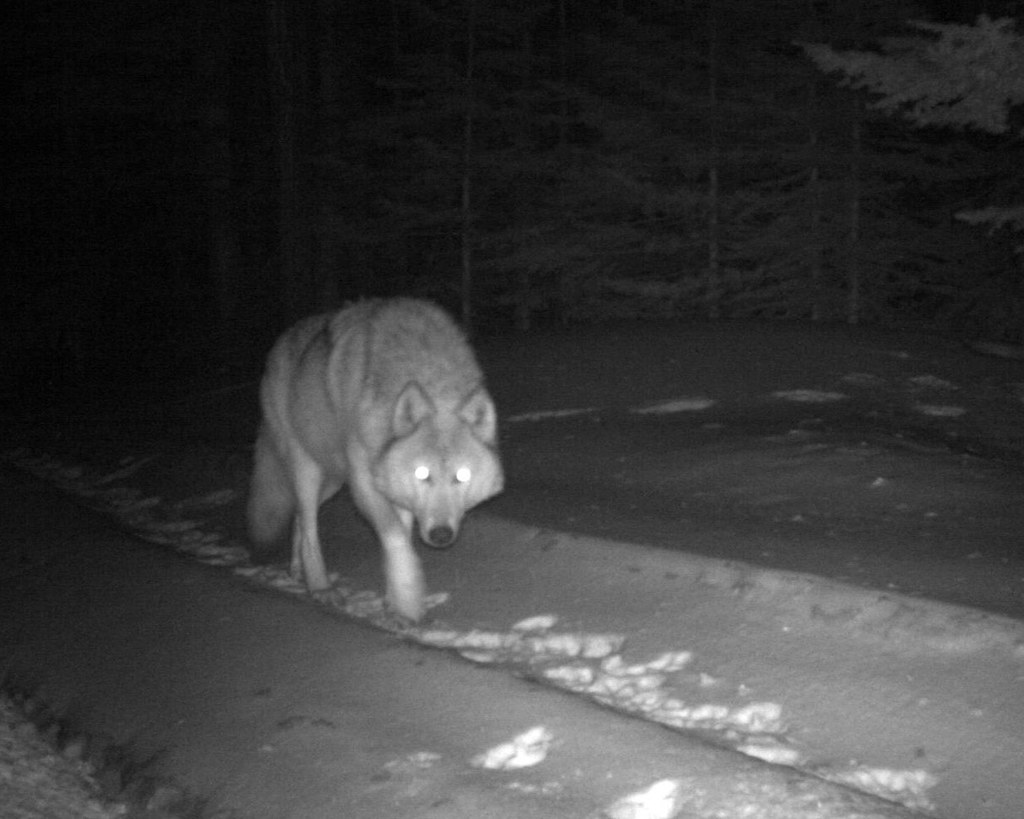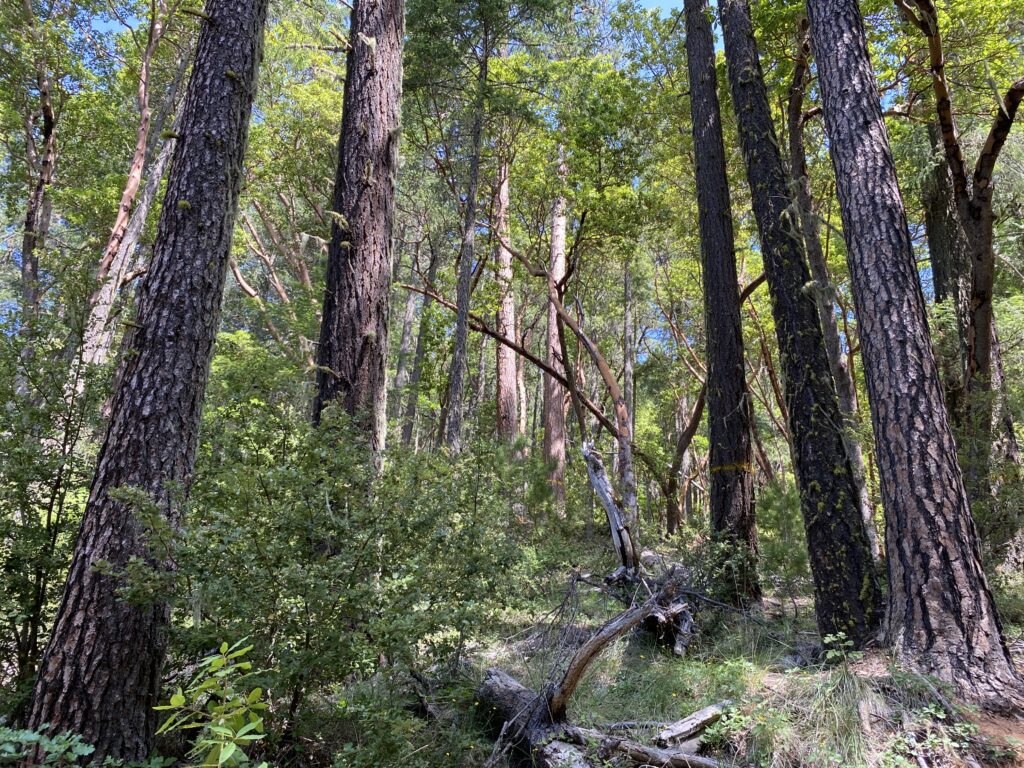Today, the Oregon Department of Fish and Wildlife released its 2022 Annual Wolf Report. The report shows another year of stalled wolf recovery, driven in large part by a poaching epidemic. Of the 20 mortalities documented in 2022, 17 of them were known to be human-caused. The only reason the population grew at all is because the declines under state management were offset by wolves finding refuge in portions of the state where they still have federal protections.
“Every year a significant portion of Oregon’s wolves are killed by people,” said Danielle Moser, Wildlife Program Manager for Oregon Wild. “ODFW rubber stamps about half of those and the other half are killed by people who have no respect for the law or for the animals we share this planet with. As ODFW looks to the next iteration of the wolf plan, it is clear that the last thing Oregon’s wolves need is more killing.”
Some people are advocating for trophy wolf hunting. They should look at this report and be sobered at how far ODFW is falling short of its wolf recovery goals.
Updates by the numbers:
- Population: 178. Only up from 175
- Breeding pairs: 17. Up from 16 in 2021
- Total mortality: 20 (17 human-caused)
- Known Poaching: 7
- ODFW killed: 6
- Other mortality: 2 killed by vehicles. 2 shot by individuals, 1 killed by a cougar
- Population Growth Rates since state delisting: 2022 (under 2%) 2021 (under 2%), 2020 (9.5%), 2019 (15%), 2018 (10%), 2017 (11%), 2016 (2%)
Background
A federal district court struck down a 2020 decision by the U.S. Fish and Wildlife Service in February that removed federal protections from gray wolves across much of the U.S. In Oregon, that ruling only covered wolves west of Highway 395. Wolves east of Highway 395 lack federal protections and state Endangered Species Protections since the Oregon Department of Fish and Wildlife Commission removed them in 2015 and the Oregon legislature blocked judicial and scientific review of that decision.
According to numerous studies:
- Attitudes to wolves became more negative or did not improve when protections for wolves were reduced
- Poaching was higher when wolf protections were reduced, measured by individual survival rates
- Poaching was higher when wolf protections were reduced, measured by wolf population dynamics






